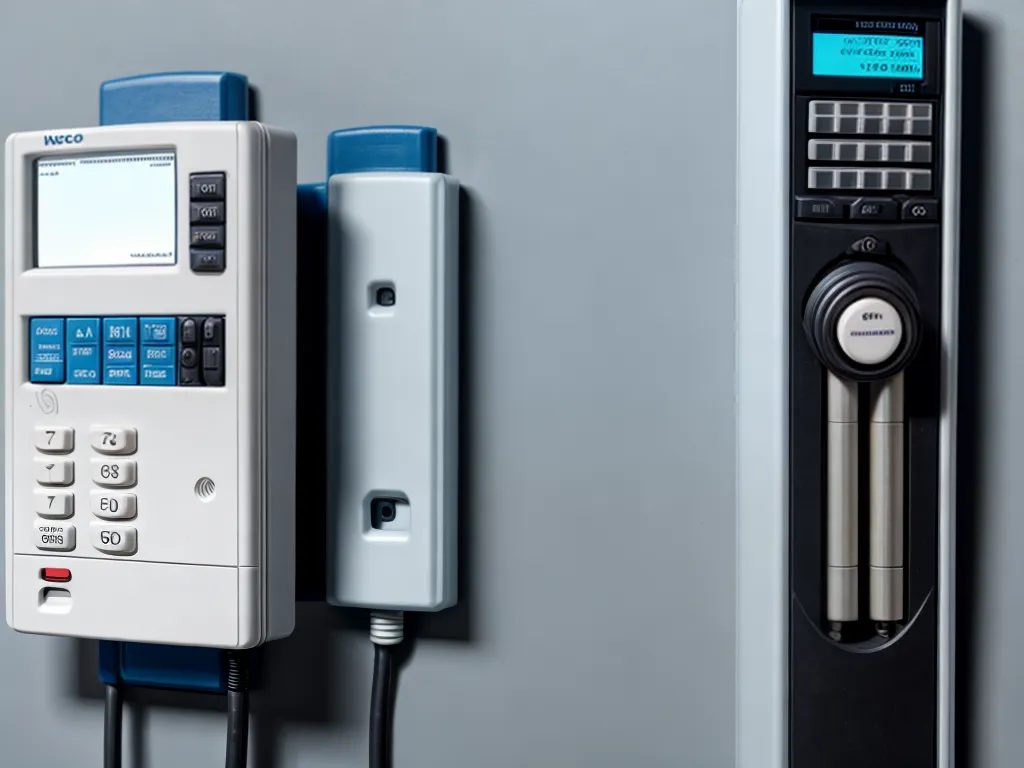
Article 230 of the National Electrical Code (NEC) covers optional standby systems, which provide backup power to loads such as heating, ventilating, and air conditioning systems. While often overlooked, understanding Article 230 is critical for anyone designing, installing, or inspecting standby power systems.
What are Optional Standby Systems?
Optional standby systems are intended to supply power to public or private facilities when the normal electrical supply becomes unavailable. Unlike legally required standby systems for applications like hospitals, optional systems provide backup power for loads that are not required by codes but are still important to building functionality.
Some examples of optional standby system loads include:
- HVAC systems
- Boiler plant equipment
- Industrial processes
- Data processing systems
Optional standby systems provide redundant power from sources like generators, batteries, or fuel cells. They allow buildings to maintain operations during emergencies like utility outages.
Key Requirements of Article 230
While optional standby systems are not legally mandated, Article 230 still contains important requirements to ensure safety, performance, and durability.
Capacity and Rating
Article 230 requires that the alternate source of power, such as a generator, must have sufficient capacity to supply all connected loads. This includes motor starting currents and any derating factors specified by the manufacturer.
The power source must also be rated for continuous operation at 100% of the load for an unlimited amount of time. Optional standby systems are intended for lengthy outages, unlike legally required systems sized for only a few hours.
Overcurrent Protection
Overcurrent protection devices like circuit breakers must be selectively coordinated to isolate faults and prevent unnecessary system shutdowns. 230.95 requires coordination of overcurrent devices for selective load shedding.
Load Transfer
Article 230 contains requirements related to transferring loads between normal and standby power. 230.70(A) specifies that the standby source must be available for load transfer within 60 seconds of normal supply failure.
230.70(B) prohibits retransfer back to the normal source until a stable normal voltage is achieved. Premature retransfer could harm loads.
Signage
Warning signs are required at major system components to alert personnel to the presence of multiple power sources. As per 230.2(E), this reduces hazards associated with maintenance, operation, or emergency response.
Why Article 230 is Often Overlooked
Though critical for safety, Article 230 is frequently overlooked for several reasons:
-
Not legally mandated: Installers may focus only on NEC articles governing required systems.
-
Design compartmentalization: Electrical and mechanical designers may not collaborate fully on integrated systems.
-
Existing facilities: Upgrading standby power in existing buildings presents challenges in meeting 230 requirements.
-
Cost savings: Project teams may seek to reduce expenses by skimping on coordination or ratings.
However, overlooking 230 puts facilities at risk of inadequate backup power. Load failures or uneven shedding may occur during outages.
Ways to Improve Compliance
Here are some tips to improve compliance with NEC Article 230:
-
Education: Provide training to designers, installers, and inspectors on Article 230 scope and specifics.
-
Collaboration: Encourage joint project reviews by electrical and mechanical engineers.
-
Commissioning: Perform commissioning focused on Article 230 to verify system performance.
-
NEC expertise: Consult NEC specialists during design and construction of standby systems.
-
Safety factor: Design systems with a safety margin above minimum capacity and rating requirements.
Following Article 230 may increase initial costs but provides substantial long-term value by ensuring standby system reliability.
Conclusion
While overlooked at times, NEC Article 230 contains vital requirements to ensure optional standby power systems deliver safe and reliable backup power. Understanding its capacity, rating, coordination, transfer, and signage rules allows facilities to avoid problems during outages. With some diligence and collaboration among project teams, compliance with Article 230 can be improved for maximum standby power dependability.